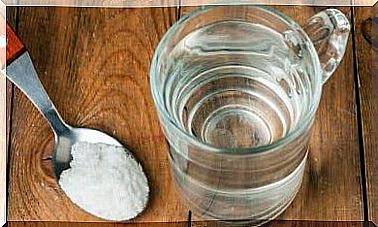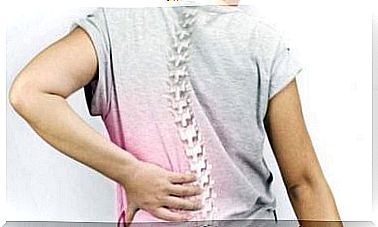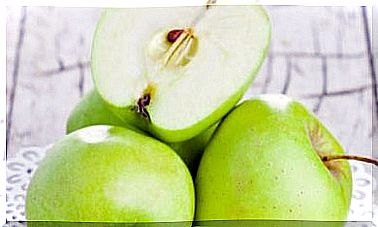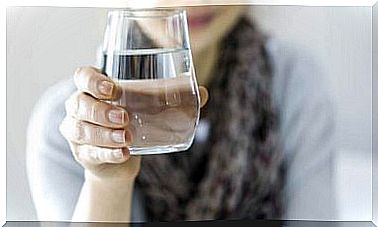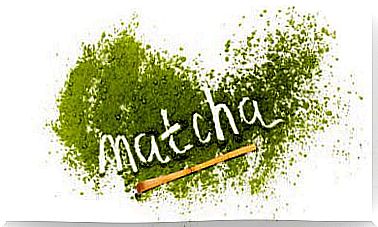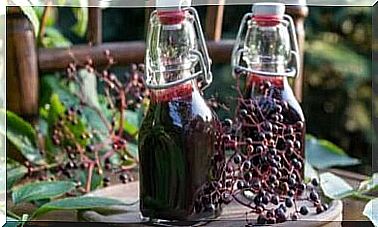What Does The Food Label Say?
The food label says a lot, but not always everything that is contained in the food. Which of these is important to me?
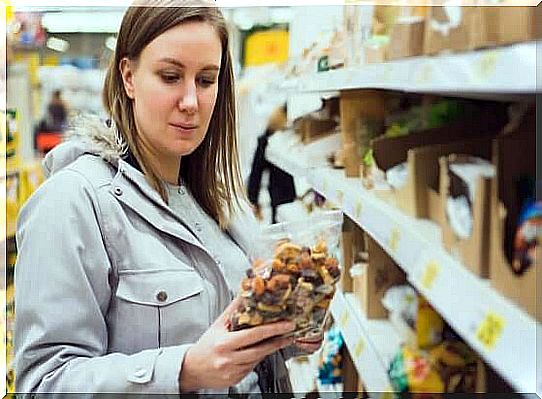
In Europe, many things have to be declared on the food label. Some information is voluntary, some things do not have to be declared. We explain to you which information you should take a closer look at on the food label.
What should be on the food label?
What absolutely has to be declared on the food label is constantly changing. Basically, one should think that all the ingredients that were used in baking are on the food label of a bread from the supermarket, such as in a baking recipe.
But that is not the case, because ingredients that are only present in traces in the finished bread or other food because they are auxiliary substances, for example enzymes in flour, do not have to be declared. You eat them anyway, but you don’t know.
The manufacturers of such substances are faster than the legislation in developing new ingredients.
This means: as soon as a substance is subject to declaration by law, the large bakeries quickly replace it with a new product, which is not yet regulated by law. This is legal and means that the list of ingredients on the food label is always shorter than it actually is.

What do you have to look out for with the food label?
Before you buy a food, pay attention to the list of ingredients in the first step. The shorter it is, the better. And if, while reading the ingredients, you find that you have all these things in the kitchen cupboard yourself, you can grab it, because this product contains few artificial additives.
You should be prudent if you read ingredients on the label that you’ve never heard of or that you can’t buy in stores. Humectants, preservatives, colors, artificial flavors, or words that you can barely pronounce.
If you buy such a product, you can be sure that you are buying an industrial product that can be eaten but has little to do with healthy and natural food.

Nutritional information
The nutritional information is not always the same and you have to be careful what exactly the information refers to. Is it about “portion” or “per 100g”? And when it comes to portions, how big is that portion?
A can is not always a serving or a biscuit is a serving, the manufacturers calculate that until it looks good on the food label!
Those who give honest information about the nutritional value refer to 100g of the ready-to-eat product. Ideally, at least the carbohydrates are then broken down into complex carbohydrates and simple carbohydrates. You will find this in the addition of “of which sugar”.
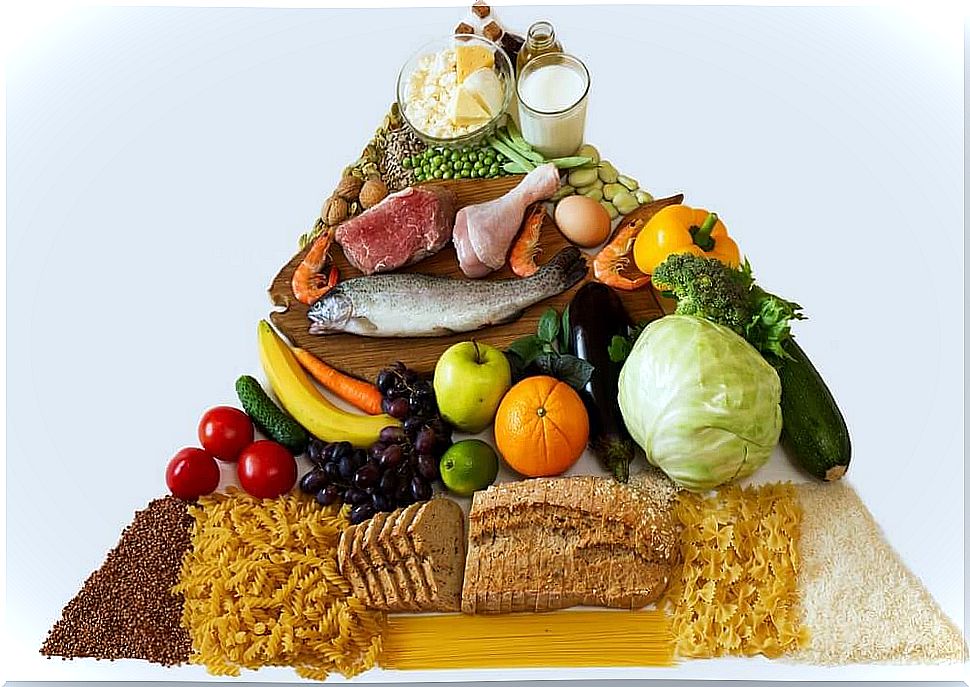
Food pyramid
There are many different food pyramids and each manufacturer interprets them in a way that is particularly cheap for them and how they can present their product in a particularly healthy way. The dge (German Society for Nutrition) puts fruit and vegetables at the bottom and then puts the carbohydrates behind them. Those who rely on low carb will certainly see this differently than the scientists.
Often nutritional information or nutritional pyramids are decorated with percentages, but they say little for you personally. The percentages always relate to an average value of, for example, “2000kcal” or “Recommendations from XYZ” and rarely what you and your body really need.
Which decision criteria apply?
If you are almost overwhelmed by the flood of information on the food label in the supermarket and you do not know exactly what criteria you should use to choose your food, you should always choose the product that has the following properties:
- Short list of ingredients
- No ingredients that you can’t pronounce
- No ingredients that you do not have (or could not have) in the kitchen
- Fat is at the bottom of the list of ingredients
- Sugar is not at all or at the bottom of the list of ingredients
- “Of which sugar” is a small value
- The nutritional information relates to 100g ready-to-eat product
If you take these few and clear basic rules into account, you should be able to choose the right product in the future. Remember: as mentioned at the beginning, you can never be sure that everything is declared that was used for the production!
